I never really gave storm drains much thought. Occasionally, I’d notice a sign that said drain empties directly to the ocean but I didn’t put the garbage piece together with the storm drain pollution piece.
As for my water supply at home, I’ve only wondered what the lead content was. I had no idea where the water came from. I just take this kind of stuff for granted.
Things changed when the MWRA came to visit our elementary school. The first question is what does MWRA stand for? I would have struggled with that: Metropolitan Water Resource Authority. They are the folks who worry about our water supply including drinking water, wastewater and storm drain.
In this unit on Our Water Supply, I cover:
- The history of the reservoir where I live
- Waste Water
- How to measure the pH of the water
- Free Printable eBook Dwayne the Storm Drain
- Water Supply App for Kids
- A list of relevant books for kids
Do you know where your water comes from? Read on to learn more!
Water Supply System for Kids
I live about 9 miles west of Boston and here are some factoids about our water supply:
- It’s from the Quabbin reservoir 65 miles away,
- The reservoir holds 412 billion gallons of water.
- It was created by forcing 4 towns to move. (Graves had to be dug up and there were 36 cemeteries!).
- It was completed in 1939.
- It took 7 years to full.
- Our water is not filtered because it’s unusually clean but chlorine and fluoride are added to our drinking water.
- Plants for processing wastewater are located in Marlborough and Southborough.
Waste Water and Sewage
I learned these facts about wastewater, also known as sewage, that apply everywhere!
- Wastewater gets treated at a waste sewage treatment plant, and then the water goes out to the ocean.
- Affluent is clean water that gets treated and goes to the ocean. It’s clean wastewater which is different from drinking water.
- Once a year, the storm drains get cleaned by the city.
- Stormwater goes straight to the ocean and not the treatment center.
- Water mains are under the streets.
Measuring the pH of Water
My 5th grader learned to measure the pH of water after first learning what pH means:
- pH is a scale that starts at 0 and ends at 14
- pH stands for “Power of hydrogen”
- 7 is neutral. Below 7 is acid. Above 7 is called basic
- pH measures the amount of hydrogen in water
- Water is made up of 2 hydrogens and 1 oxygen: H2O
The experiment was to measure the pH of tap water, soda water, and bottled water. Measuring the pH of vinegar was used to demonstrate how to use the pH hit.
What did we learn from the experiment?
Water starts off as neutral when it leaves the plant but turns more acidic over time. To make sure the pH of water ends up neutral when you get water from the tap, the MWRA adds chemicals to raise the ph to 9.
Tap water base
Soda water acid
Bottled water neutral
(I found this kit on Amazon if you want to try measuring the pH at home. It’s similar to the kit provided by the MWRA for our experiment.)
Free coloring Book: Dwayne the Storm Drain
Download a free coloring book about storm drains, Dwayne The Storm Drain. It’s an award-winning coloring and activity book online. This book is appropriate for students from preschool through upper elementary grades and introduces readers to storm sewer systems. Lessons include how to identify storm drains, how they work, and how they affect the environment.
Water Supply App for Kids
Where’s My Water game app.
This version is free but there are other paid versions and also a board game. My son loves this game where you have to figure out how to get clean water to the alligator so it can take a shower. Along the way, you’ll be learning about physics and water pollution too!
Books for Kids About Our Water Supply
Be Thankful for Water: How Water Sustains Our Planet by Harriet Ziefert, illustrated by Brian Fitzgerald
This is a gentle environmental rhyming picture book that breaks out, in seven short chapters, all the ways water is important to us and our planet. [picture book, ages 4 and up]
Water is Water: A Book About the Water Cycle by Miranda Paul, illustrated by Jason Chin
The water cycle follows the different states of water from liquid to gas to solid. Its many forms include steam, fog, ice, snowflakes, precipitation, snow, and, as part of things like apples and humans! Miranda Paul takes the water cycle and makes it engaging and easy to understand for kids. Jason Chin’s beautiful illustrations make this a lush and adventurous reading experience. Endnotes include facts about water. For example, did you know that the total amount of water on Earth hasn’t changed in millions of years?! Prepare to be amazed and entertained in Water is Water. The water cycle has never been this fascinating. [nonfiction picture book, ages 6 and up]
Letting Swift River Go by Jane Yolen
A free verse picture book about Sally Jane’s experience of the drowning of Swift River towns to create the Quabbin Reservoir in Massachusetts. Pair with The Haunted Lake by P. J. Lynch. [picture book, ages 4 and up]
The Haunted Lake by P. J. Lynch
This beautiful picture book is a ghost story of what happens after a reservoir is created. It feels like a folk story that has been passed down through the generations to be whispered around a campfire. The village of Spezia is flooded by a dam to create a reservoir of clean water for the town below. Some say the lake that is created is haunted. Jacob and his father make a living fishing in the lake but mysterious things happen that pull him away from his true love. [picture book, ages 7 and up]
The Magic School Bus At The Waterworks by Joanna Cole
A raindrop to faucet journey through the water supply system. [picture book, ages 4 and up]
The Adventures of Munford series by Jamie Aramini
I am really excited to discover this early chapter series about Munford, a water drop, that combines history with science is — actually — a riveting easy chapter book series. When I read the premise, the main character is a drop of water, that floats around the world (and back in time), I was dubious. I read Munford Meets Robert Fulton and loved how this story combines 1) the story of young Robert Fulton and his story of perseverance 2) Munford as part of the cumulus/cumulonimbus cloud systems (5th-grade science!) 3) colonial America (more 5th-grade social science!) including Ben Franklin, Napoleon, and Robert Livingston. This series makes history and science come alive, all seen through Munford, a drop of water that can transform, — naturally! — into rain, snow, sleet, or steam. In this book, Munford becomes part of snot, gunpowder, part of a cloud, rain, poop, and more. [easy chapter book, ages 6 and up]
Follow the Water from Brook to Ocean (Let’s-Read-and-Find-Out Science 2) by Arthur Dorros
A nonfiction picture book that explains how water flows from brooks to rivers, over waterfalls, through dams and cities, to the ocean. [non-fiction picture book, ages 4 and up]

The Drop in My Drink: The Story of Water on Our Planet by Meredith Hooper
This is the story of a drop of water, told by a gifted science writer and illustrated with remarkable paintings. Where does this marvelous liquid come from? How does it behave? [picture book, ages 7 and up]
A Cool Drink of Water by Barbara Kerley
National Geographic photographs portray how people around the world collect and drink water. With very simple text, this is the perfect picture book to show a multicultural view of what it is like to get a drink of water. The photographs are detailed in the back matter both with location and how the water is procured. The final page is about water conservation. It’s easy to take fresh water for granted here in the United States. This book makes us realize how lucky we are! [picture book, ages 3 and up]
Water’s Children: Celebrating the Resource that Unites Us All by Angèle Delaunois, illustrated by Gerald Frischeteau, translated by Erin Woods
Twelve young children around the world describe what water means to them since water appears in different forms where they live. The descriptions are as varied as the landscapes the speakers inhabit, but each of them also expresses, in their own language, a universal truth: Water is life. [picture book, ages 4 and up]
Water: A Deep Dive of Discovery by Christy Mihaly, illustrated by  Mariona Cabassa
Mariona Cabassa
This is an extensive multicultural exploration of water! It includes eight stories by authors from around the world as well as STEM information about all facets of water from the water cycle, to fresh and seawater, and how we use water. Flip around to explore this engaging nonfiction information book. [nonfiction picture book, ages 7 and up]
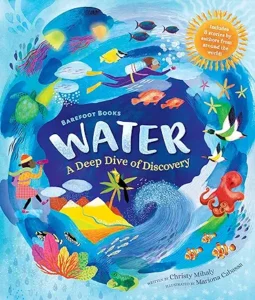
To view any book more closely at Amazon, please click on image of book.
As an Amazon Associate, I earn from qualifying purchases.
p.s. Related posts:
A Unit to Learn About Water Scarcity
Water Games for Kids to Play to Stay Cool with Educational Twist
Follow PragmaticMom’s board Science Fun on Pinterest.
Follow PragmaticMom’s board Multicultural Books for Kids on Pinterest.
Follow PragmaticMom’s board Children’s Book Activities on Pinterest.
My books:
Food for the Future: Sustainable Farms Around the World
- Junior Library Guild Gold selection
- Selected as one of 100 Outstanding Picture Books of 2023 by dPICTUS and featured at the Bologna Children’s Book Fair
- Starred review from School Library Journal
- Chicago Library’s Best of the Best
- Imagination Soup’s 35 Best Nonfiction Books of 2023 for Kids
Amazon / Barefoot Books / Signed or Inscribed by Me

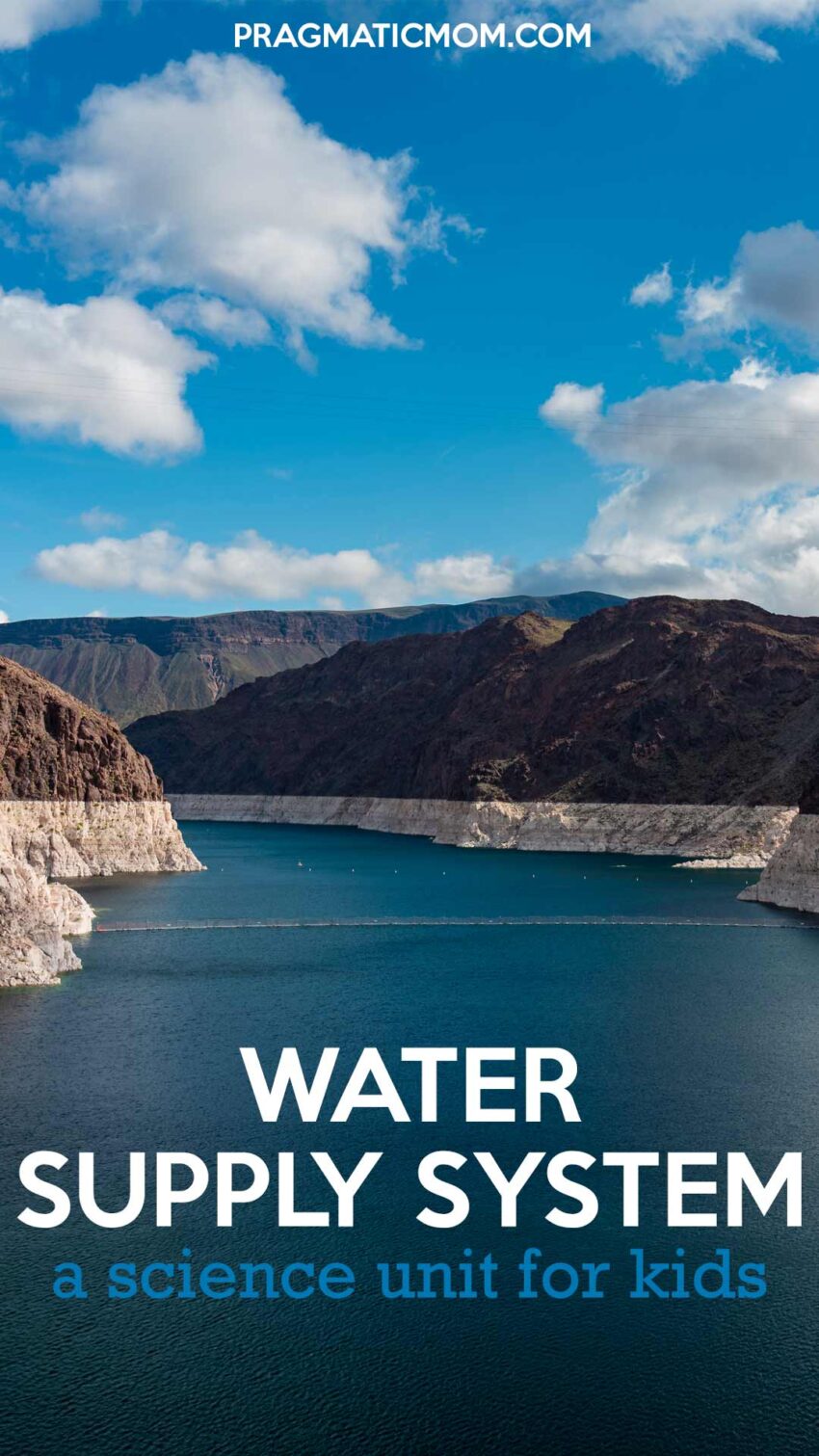







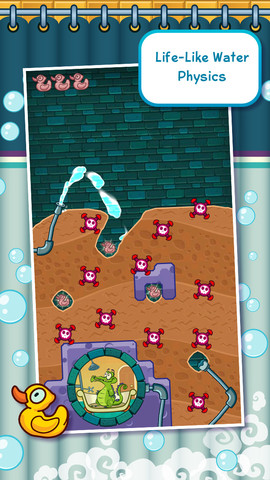




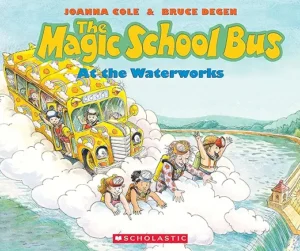

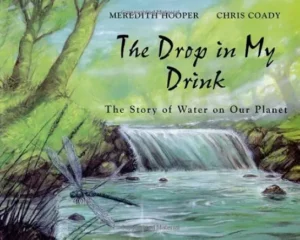
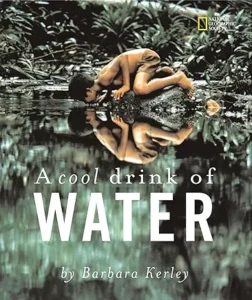

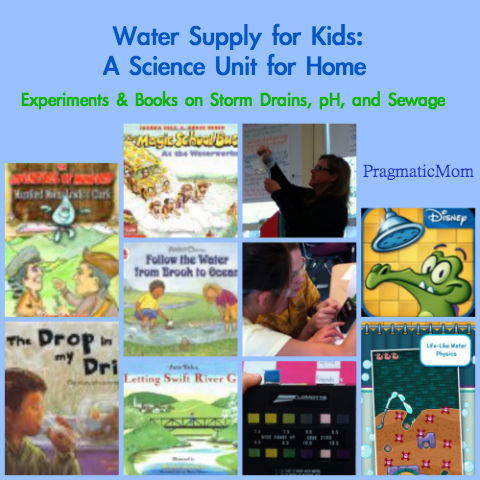


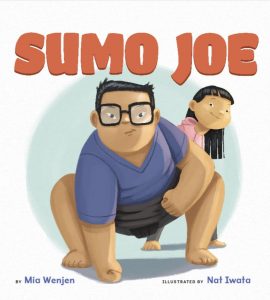







What a neat lesson! There is a pretty cool Bob the Builder segment on water purification that is great for younger kids.
Hi MaryAnne,
Thanks so much for your great Bob the Builder recommendation. I’m going to see if I can find the video to add to the post. I love Bob the Builder and missed that one.
Hi MaryAnne,
Darn it. I can’t seem to locate the Bob the Builder segment anywhere. Oh well.
I can’t find it either, although I did come up with references to it. It was about building a greywater purification system.
Hi MaryAnne,
Thanks so much for searching and good luck with your cross country drive!
Love the Where’s my Water? app too! 😀
Hi Erik,
My son plays that app a lot! When I complain about screen time, he says, “At least this is educational.” So fresh for an 8-year-old but he knows that I will be appeased.
Fascinating and fun activity for a wide age group. Perfect project for today as I look out my window and see the rain pouring down! LOL
Hi Barbara,
LOL, I guess I timed this post well for those of us in the Massachusetts area too!
Well, it’s not only Water Supply for Kids, bu also for Adults I had no idea that water become acid with time.
Hi Giora,
I know what you mean. Remember when we were younger and “Acid Rain” was the big thing everyone talked about as a threat to the environment? I assumed it got better but I guess not. Now, there are bigger threats like Global Warming so Acid Rain has fallen by the wayside as topic of interest but it’s still here affecting us! Just not a political topic anymore, I guess.
Thanks so much for the excellent ideas. Water drainage isn’t something that I would think of either – but what a wonderful idea for a homeschool science segment.
Thanks so much for the fabulous ideas!
Thanks Lisa,
And for anyone in Massachusetts, the MWRA will do this presentation for FREE! She is wonderful in the classroom too! Let me know if you need to find the contact info as she’s book for 2 years.
Reminds me of a Richard Scarry type topic. Love learning about basic things like this. Interesting how they have to compensate for the acid level rising. I definitely want to check out the Jane Yolen book on the Quabin!
Hi Ann,
It would make for a nice Richard Scarry book. Idea for you??? I think the Jane Yolen book is out of print so hopefully you can find at your library.
This is a terrific unit! I love all the resources, and we quite enjoy Where Is My Water app. Pinning it at once 🙂
Hi Natalie,
The Where’s My Water app is fun, isn’t it?! My son loves it but it looks tricky to me! Glad you like my unit. If you live in MA, you can get the MWRA to come to your school and they are free and terrific!
hello! Just wanted to say this is a great resource and share my educational books!
Thank you!
http://www.seachangestory.org
Thanks so much Joel!